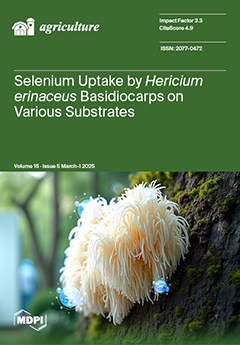This study addresses the challenge of estimating reference crop evapotranspiration (ET
O) in Xizang Plateau irrigation districts with limited meteorological data by proposing a coupled LASSO-BP model that integrates LASSO regression with a BP neural network. The model was applied to three irrigation districts: Moda (MD), Jiangbei (JB), and Manla (ML). Using ET
O values calculated by the FAO-56 Penman–Monteith (FAO-56PM) model as a benchmark, the performance and applicability of the LASSO-BP model were assessed. Short-term ET
O predictions for the three districts were also conducted using the mean-generating function optimal subset regression algorithm. The results revealed significant multicollinearity among six meteorological factors (maximum temperature, minimum temperature, average temperature, average relative humidity, sunshine duration, and average wind speed), as identified through tolerance, variance inflation factor (
VIF), and eigenvalue analysis. The LASSO-BP model effectively captured the interannual variation of ET
O, accurately identifying peaks and troughs, with trends closely aligned with the FAO-56PM model. The model demonstrated strong performance across all three districts, with evaluation metrics showing
MAE,
RMSE,
NSE, and
R2 values ranging from 4.26 to 9.48 mm·a
−1, 5.91 to 11.78 mm·a
−1, 0.92 to 0.96, and 0.82 to 0.94, respectively. Prediction results indicated a statistically insignificant declining trend in annual ET
O across the three districts over the study period. Overall, the LASSO-BP model is a reliable and accurate tool for estimating ET
O in Xizang Plateau irrigation districts with limited meteorological data.
Full article





